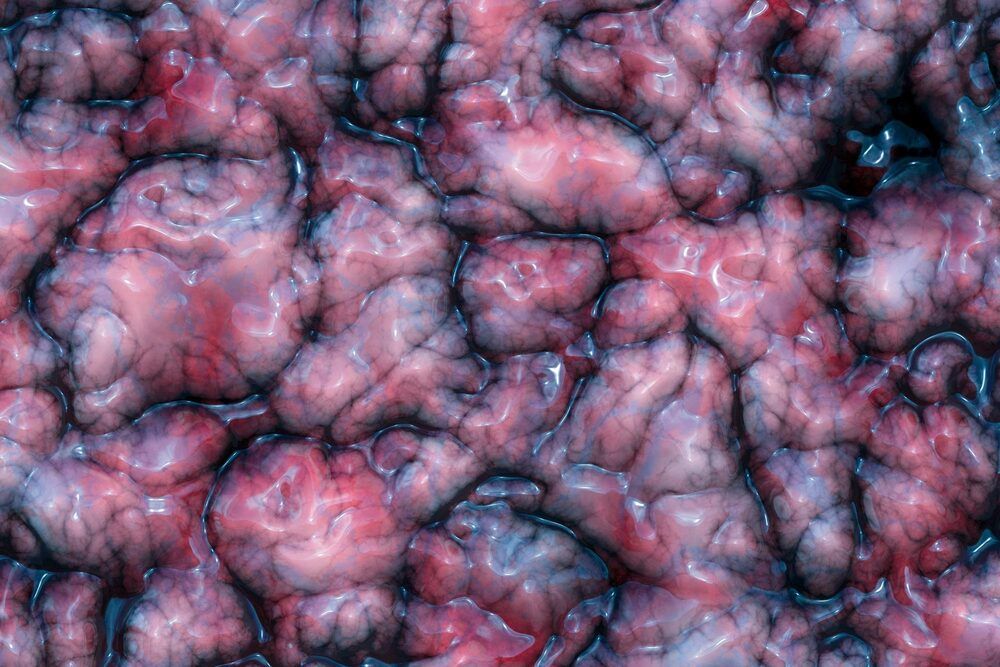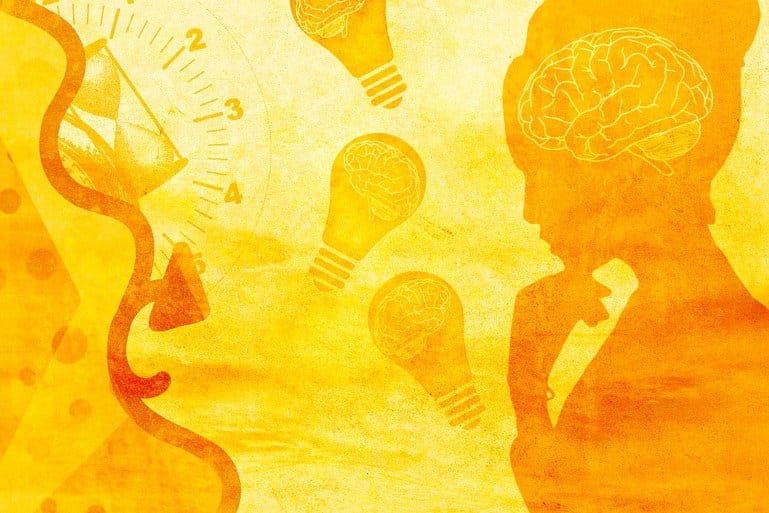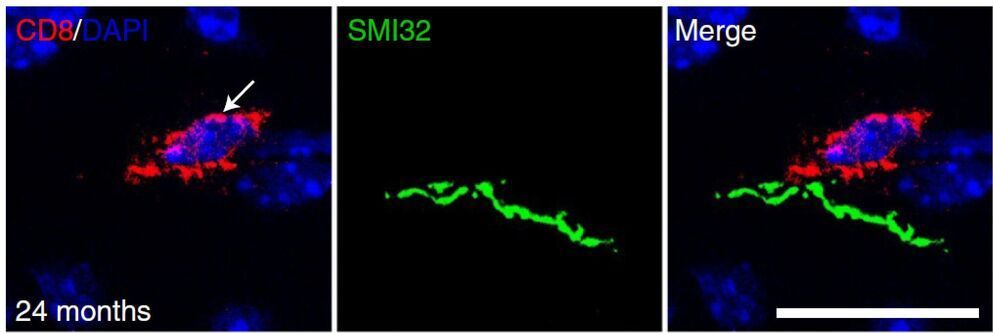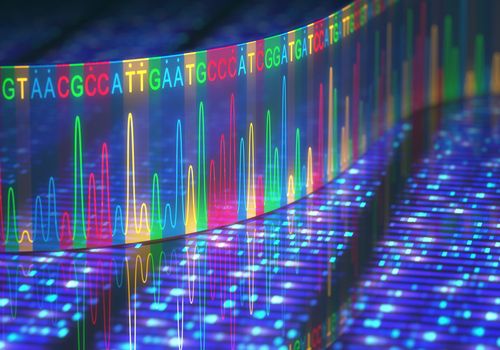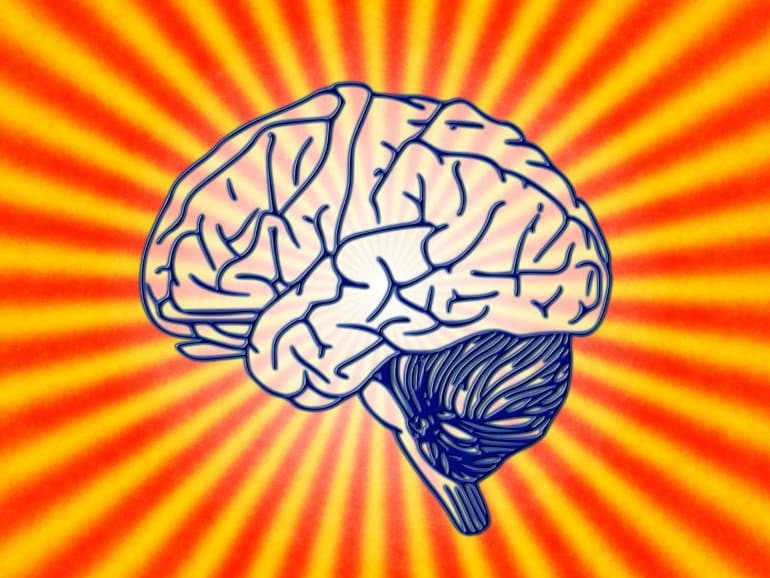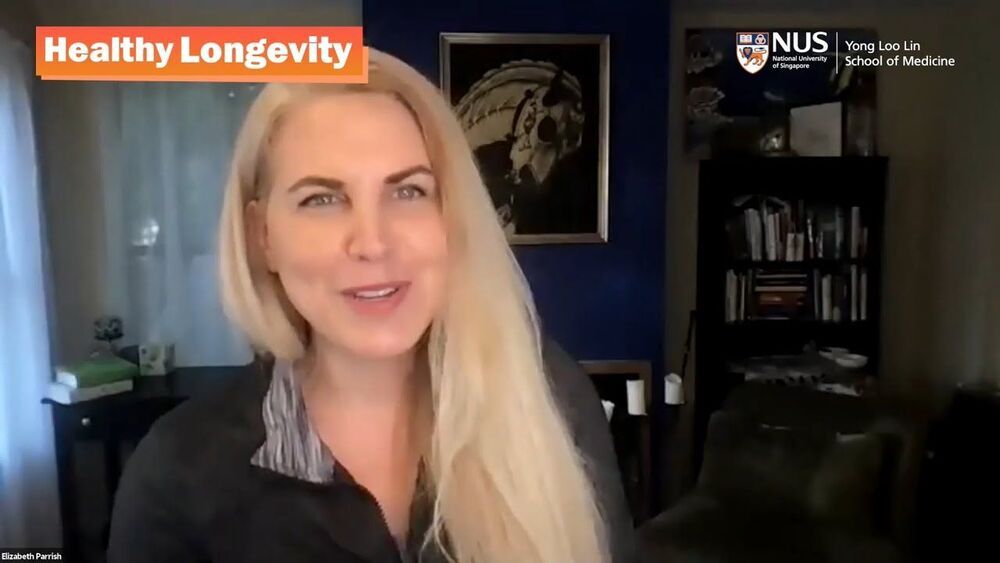Summary: Almost fifty percent of people who have children with partners suffering from schizophrenia or bipolar disorder also have mental health challenges, a new study reports.
Source: Aarhus University.
Almost half of the parents who have children together with a parent with schizophrenia or bipolar disorder, are themselves burdened by psychological issues. This can affect family life and the children. This is shown in the research result from the major Danish psychiatry project iPSYCH.


